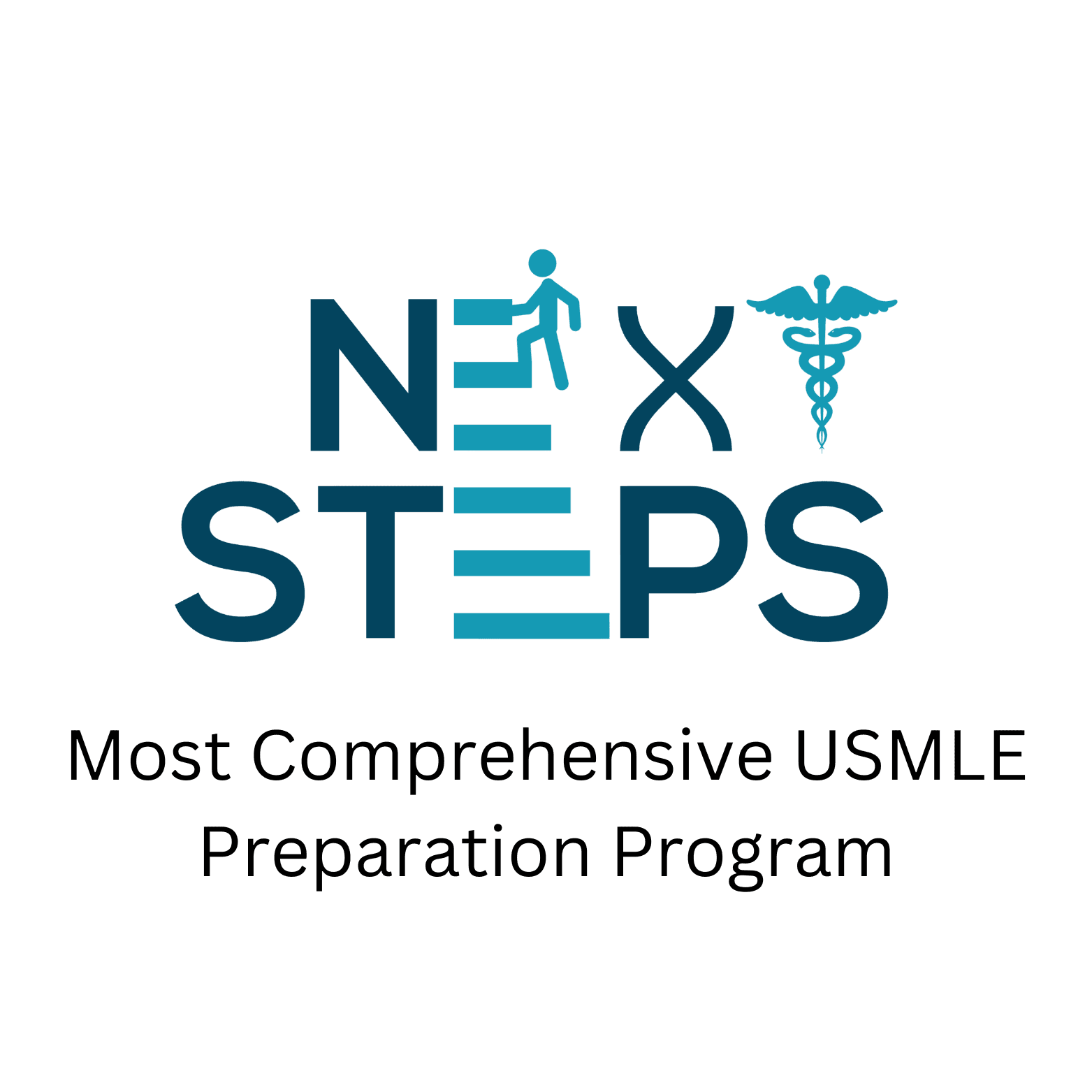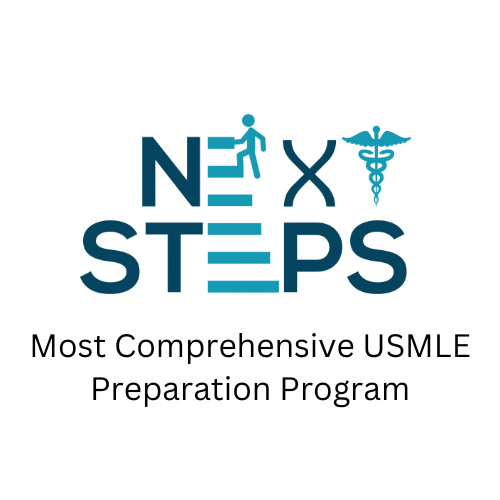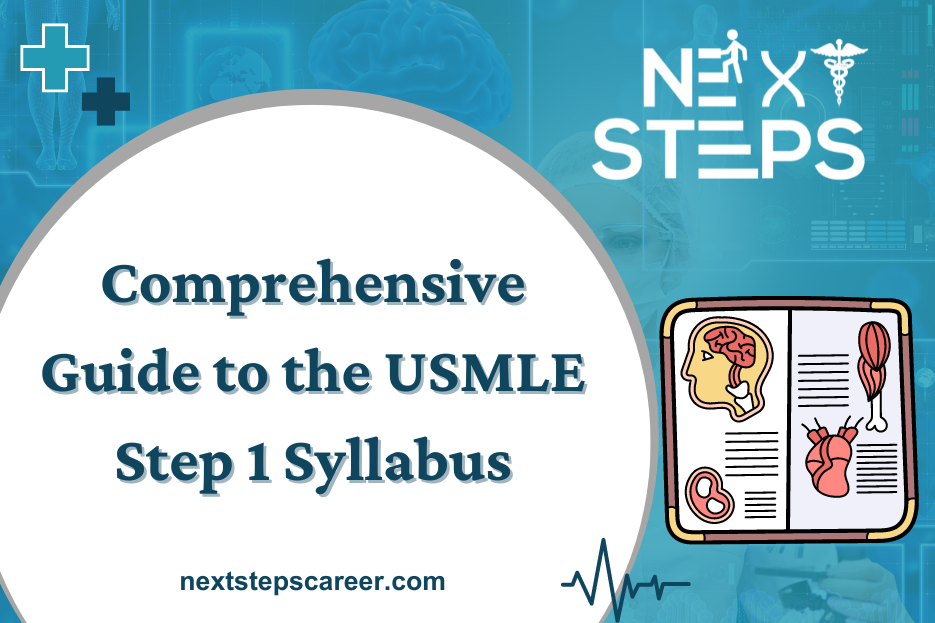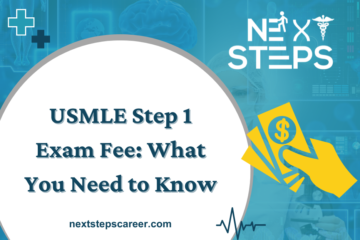Preparing for the USMLE Step 1 exam is a significant milestone for medical students. Understanding the syllabus is crucial to ensure you cover all necessary topics and focus your study efforts effectively. This comprehensive guide breaks down the USMLE Step 1 syllabus, providing a clear roadmap to help you navigate your preparation journey.
Overview of the USMLE Step 1
The USMLE Step 1 exam assesses your understanding and ability to apply important concepts of the sciences basic to the practice of medicine, with a focus on principles and mechanisms underlying health, disease, and modes of therapy. The exam is a one-day test divided into seven 60-minute blocks and administered in one 8-hour testing session.
Main Content Areas
The USMLE Step 1 syllabus is broadly categorized into the following content areas:
- Anatomy
- Biochemistry
- Microbiology
- Pathology
- Pharmacology
- Physiology
- Behavioral Sciences
- Interdisciplinary Topics, including Immunology and Nutrition
Below is a detailed breakdown of each content area:
1. Anatomy
Gross Anatomy:
- Structural organization of the human body
- Major body systems (musculoskeletal, cardiovascular, respiratory, gastrointestinal, urinary, reproductive)
- Clinical correlations (e.g., anatomical anomalies, injury impact)
Neuroanatomy:
- Structure and function of the central and peripheral nervous systems
- Neural pathways and major brain regions
- Sensory and motor systems
Embryology:
- Developmental processes and stages
- Congenital anomalies and their anatomical implications
2. Biochemistry
Molecular Biology:
- DNA and RNA structure and function
- Gene expression and regulation
- Recombinant DNA technology and genetic engineering
Cellular Metabolism:
- Metabolic pathways (glycolysis, Krebs cycle, oxidative phosphorylation)
- Enzyme function and regulation
- Metabolic disorders
Clinical Biochemistry:
- Nutritional biochemistry
- Biochemical basis of disease
- Laboratory diagnostic techniques
3. Microbiology
Bacteriology:
- Bacterial structure, classification, and physiology
- Pathogenesis and epidemiology of bacterial infections
- Antibiotics and resistance mechanisms
Virology:
- Virus structure, classification, and replication
- Pathogenesis and clinical features of viral infections
- Antiviral agents
Mycology and Parasitology:
- Fungal and parasitic life cycles
- Pathogenesis and clinical features of fungal and parasitic infections
- Antifungal and antiparasitic treatments
Immunology:
- Innate and adaptive immunity
- Immune system organs and cells
- Hypersensitivity reactions and immunodeficiencies
4. Pathology
General Pathology:
- Cellular injury and death
- Inflammation and repair
- Neoplasia (tumor biology, benign and malignant neoplasms)
Systemic Pathology:
- Pathological conditions of major organ systems (cardiovascular, respiratory, gastrointestinal, urinary, reproductive)
- Specific diseases and their pathophysiology
Clinical Pathology:
- Diagnostic techniques and laboratory tests
- Interpretation of laboratory results
5. Pharmacology
General Pharmacology:
- Pharmacokinetics and pharmacodynamics
- Drug absorption, distribution, metabolism, and excretion
- Dose-response relationships
Systemic Pharmacology:
- Drugs affecting major organ systems (cardiovascular, respiratory, gastrointestinal, urinary, reproductive)
- Mechanism of action, therapeutic uses, and side effects of drugs
Toxicology:
- Adverse drug reactions
- Drug interactions
- Management of drug overdose
6. Physiology
Cellular Physiology:
- Cell membrane structure and transport mechanisms
- Signal transduction pathways
Systemic Physiology:
- Function of major organ systems (cardiovascular, respiratory, gastrointestinal, urinary, reproductive)
- Homeostasis and regulation mechanisms
Neurophysiology:
- Function of the nervous system
- Sensory and motor pathways
- Neurotransmitters and synaptic transmission
7. Behavioral Sciences
Psychology:
- Psychological development and personality theories
- Behavior and learning theories
Psychiatry:
- Mental health disorders and their clinical features
- Diagnostic criteria and treatment approaches
Epidemiology and Biostatistics:
- Principles of epidemiology and study design
- Statistical methods in medical research
- Interpretation of medical literature
8. Interdisciplinary Topics
Immunology:
- Overview of the immune system
- Immune responses and regulation
- Immunological disorders
Nutrition:
- Nutritional requirements and metabolism
- Vitamins and minerals
- Nutritional deficiencies and their clinical manifestations
Genetics:
- Principles of Genetic Inheritance
- Genetic disorders and their pathophysiology
- Genetic testing and counseling
Tips for Studying the USMLE Step 1 Syllabus
1. Use High-Yield Resources:
- Focus on high-yield study materials like “First Aid for the USMLE Step 1,” UWorld question banks, and Pathoma.
2. Create a Study Schedule:
- Develop a detailed study plan that allocates sufficient time for each content area. Stick to your schedule to ensure comprehensive coverage.
3. Practice Questions:
- Regularly practice with USMLE-style questions to test your knowledge and improve your exam-taking skills. Use resources like UWorld, Next Steps Qbank, and NBME practice exams.
4. Review and Revise:
- Regularly review your notes and high-yield summaries. Use flashcards (e.g., Anki) for quick revisions.
5. Join Study Groups:
- Collaborate with peers to discuss challenging concepts, share resources, and provide mutual support.
6. Focus on Weak Areas:
- Identify your weak areas through practice tests and dedicate additional time to mastering those topics.
Conclusion
The USMLE Step 1 syllabus is extensive, covering a broad range of foundational medical sciences. Understanding the content areas and using high-yield study strategies will help you effectively prepare for the exam. With a structured study plan, consistent practice, and the right resources, you can achieve a high score on the USMLE Step 1 and take a significant step toward your medical career.





